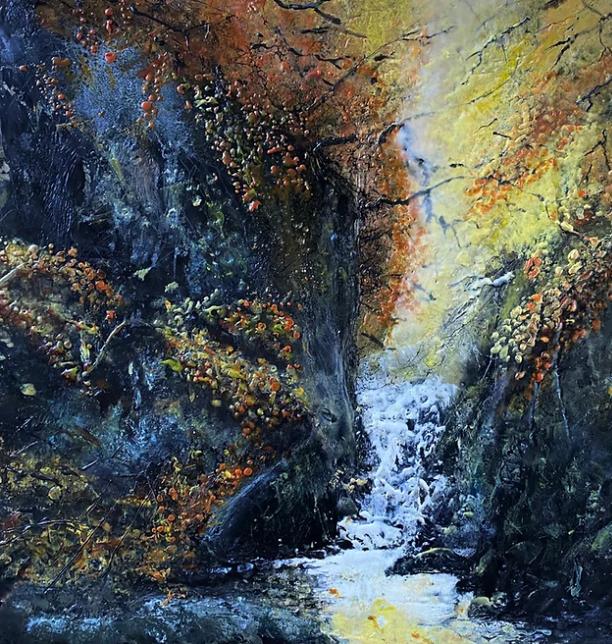
1 minute read
From the Editors
This year we’ve invited our members to step outside their comfort zone, push boundaries, and explore uncharted terrains. In San Antonio, TX, we asked members to put a new spin on a famous 1927 exhibition about wildflowers.
In Mulranny, Ireland, we asked artists to submit Ephemeral art that could be sent in a 9 x 12 envelope. We also invited Celtic ConVergence attendees to tuck a small piece of art in their suitcase for a members art exchange.
In all three cases, most artists had to explore new ideas and think creatively about the materials they used. And the results were surprising, exquisite, thought provoking, cutting edge, and inspirational.
In this issue we’ve included some of the jurors (and our) favorites from each, and we asked some of the artists to talk about what inspired the piece, the tools and materials they used, and what they learned in the process. And we’ve captured some of the memorable moments at Celtic ConVergence.
We’ve also invited a few artists using “Uncharted” techniques to share their unexplored or unconventional techniques and styles within the medium. It involves confidently pushing the work of the edges of the flat paper map and out into the fringes, to the areas of “what if” and “why not” by experimenting with new materials, textures, and approaches to create unique and innovative artworks.
We hope you enjoy reading this Uncharted issue of Wax Fusion. And, as always, we appreciate your feedback. Please contact us at WaxFusion@International-EncausticArtists.org with comments, questions, ideas, and suggestions. While this journal exists to serve the needs of IEA members, it is also free and available to the public. You are welcome to share this journal with anyone interested or working in the visual arts, looking for information on encaustics, or beginning to explore the world of encaustics.
S. Kay Burnett
Lyn Belisle
Paul Kline

To challenge assumptions, push boundaries, and honor the messiness of nuance is the focus of my work.
Things are not what they seem to be. I explore the play of movement and tension between image, form, line, and space. To blur these distinctions is to challenge the viewers’ assumptions about the drawn line and the sculptural edge, the 2D, and the 3D image.











